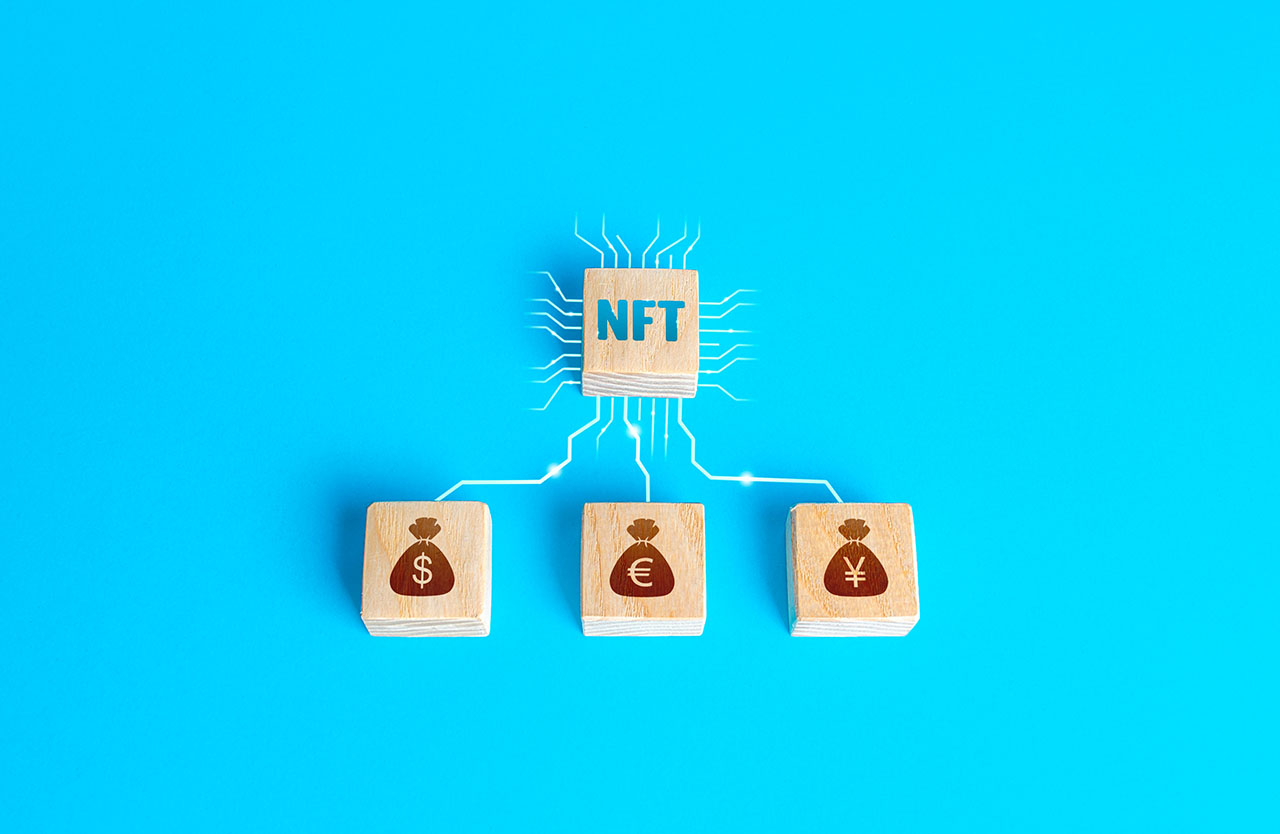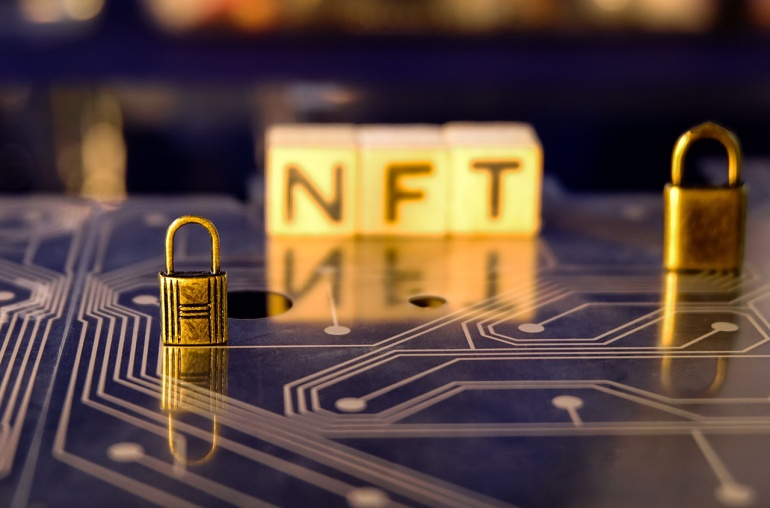Non-fungible tokens (NFTs) are tokenized collectible assets, most prevalent on the Binance Smart Chain and Ethereum platforms. They have revolutionized the way people think about digital assets, normalizing their ownership and ensuring their sales.
For many musicians and collectors, NFTs are the way of the future, giving economic freedom and an investment opportunity. However, there are several things about these digital tokens that you should know about before venturing into the world of NFTs. We’ll take a look at five Important NFT facts.
1. NFTs Help Artists and Collectors to Connect With Wider Audiences
NFTs have become a blessing in disguise for collectors and artists as they enable them to reach a wider audience and gain more revenue as a result. While acquiring digital art hasn’t yet reached the same level of popularity as traditional art, NFT is expanding the possibilities for artists and collectors simultaneously.
By recognizing ownership, providing a forum for more creators to present their work, and offering them the recognition that they rightfully deserve, NFTs encourage artists and creators to display their work without hesitation. NFTs have been labeled the “new disruptor” in the art world, and they’re generating wider audiences in the industry. Marketplaces like OpenSea, SuperRare, Looksrare and Nifty Gateway link artists with investors looking for the next breakthrough. In December 2021, the NFT sector was at the peak of its growth, with over 1.4 million daily users and an overall sales volume of $165,348.
Artworks may be linked back to their creators via NFTs, and artists can earn royalties on any subsequent sales. As more individuals support the movement, digital art will eventually be accepted as a legitimate art form by the general public and the artists will flourish as a result of these non-fungible tokens.
Furthermore, auction houses have jumped on the NFT bandwagon and have set new benchmarks in the online world, demonstrating the importance of NFTs in the world of art. In 2021, Christie’s first solely digital auction set a new high of $69 million for the artist Beeple’s NFT called, “Everydays: The First 5000 Days.” It was a huge milestone, demonstrating how NFTs are transforming the art market.Furthermore, auction houses have jumped on the NFT bandwagon and have set new benchmarks in the online world, demonstrating the importance of NFTs in the world of art. In 2021, Christie’s first solely digital auction set a new high of $69 million for the artist Beeple’s NFT called, “Everydays: The First 5000 Days.” It was a huge milestone, demonstrating how NFTs are transforming the art market.
2. Verifying the Authenticity of an NFT is Important
It is important to verify that an NFT is legitimate or not to avoid any discrepancies in the future. Based on what you’re searching for, checking if the NFT is real can be difficult. People are undoubtedly uploading and impersonating other creators and artists, making it difficult to validate the assets.
In this instance, you’ll need to contact the artist to check whether NFTs of their work are being sold or not. Most NFT providers will give some sort of identifier to verify the NFT’s authenticity. Most of the work will be done using a blockchain explorer like BscScan to examine the NFT. The minting date and the wallet address that has minted the NFT are important pieces of information to be provided in this case. The transaction history ID can also be used to legitimize your NFT purchase easily.
3. NFTs Are Not Tax Free
This is another important fact to keep in mind before getting into the world of NFTs. Any profits earned from the sale of an NFT that you developed are taxed. Because your assets are technically inventory, if you generate NFTs for a living, your profits will be taxable as self-employment earnings, and you will pay extra self-employment taxes as well.
NFTs are taxed at the highest capital-gains level of 28 percent since they are frequently regarded as collectibles. When NFTs are purchased and sold using cryptocurrency, investors should be ready to pay taxes. More events in which taxes will have to be paid include selling one NFT for another and changing cryptocurrency into US dollars.
4. Most NFTs are supported by Ethereum
It’s vital to note that most NFTs are fully integrated into the Ethereum blockchain. Though they can be created on a variety of blockchain networks, Ethereum is the most prominent one. Ethereum supports fungible tokens like ETH, but it is different from other blockchains because it also complies with non-fungible tokens that contain extra details about the token.
Due to a secure network and data structure, the Ethereum blockchain is a leader in the DeFi (Decentralized Finance) market. The majority of NFT projects run on it in the form of ERC-721 coins. This blockchain also gives NFTs increased exposure within the ever growing competitive market.
5. The Digital Real Estate Market for NFTs is Gaining Traction
The Sandbox and Decentraland are two major digital spaces on their way to becoming virtual real estates. These systems utilize NFTs to allow users to occupy and interact with virtual surroundings, and to buy, trade, and own land inside them, which can also be expanded as needed. With plot sales currently topping $1 million in January 2022, the industry is set to gain more popularity in the future.
Conclusion
NFTs are constantly bringing up new applications and advances on a regular basis. It’s strange to think that the invention is still in its development stage, having only been established in 2017. Take the time to learn exactly what NFTs are and how to use such tokens before you actually invest in them. Because NFTs are still relatively new, it may be worth spending a little amount of money to try them out. NFTs are constantly bringing up new applications and advances on a regular basis. It’s strange to think that the invention is still in its development stage, having only been established in 2017. Take the time to learn exactly what NFTs are and how to use such tokens before you actually invest in them. Because NFTs are still relatively new, it may be worth spending a little amount of money to try them out.
To put it another way, investing in NFTs is ultimately a personal decision. It is something to consider if you have some extra cash, and particularly if the artwork holds sentimental importance for you. However, don’t put your important savings into NFTs because the potential of loss is relatively high.



